Baseball History Comes Alive Now Ranked #2 by Feedspot Among All Internet Baseball History Websites and Blogs!
Guest Submissions from Our Readers Always Welcome!
Scroll Down to Read Today’s Essay
Subscribe to Baseball History Comes Alive for automatic updates. As a Free Bonus, you’ll get instant access to my Special Report: Gary’s Handy Dandy World Series Reference Guide!
Pistol Pete Reiser Photo Gallery
Click on any image below to see photos in full size and to start Photo Gallery:
Today Bill Schaefer treats us to a nice profile of forgotten star, Pistol Pete Reiser, who I remember as a coach for the Cubs during the Durocher years. Bill’s opening quote from Durocher might seem hard to believe, but it’s true – you’ll find it in Leo’s book. Leo may have exaggerated, but it’s safe to say Reiser was a darn good ballplayer. – GL
Another Edition of Baseball’s Forgotten Stars:
“Pistol” Pete Reiser
“The only ballplayer I ever saw who was better than Willie Mays”-Leo Durocher
He was known as Pistol Pete to friends and family after the cowboy movie hero, “Two-Gun Pete.” As a kid, the pint-sized Reiser would roam around the neighborhood with a pair of toy six-shooters holstered to his belt, possessing a lightning-fast draw with either hand. You see, the little fella was ambidextrous. The latter would serve him well at the major league level.
A talented pitcher in his own right, Reiser’s dad pitched to his young son at nearly full throttle, amazed the boy could hit most of his pitches. Pete’s older brother, Mike, often brought him to play in his sandlot games, thus forcing him to “play up” in competition with older kids.
Pete was a natural athlete but as he matured into his compact 5’ 11” 185-pound frame, baseball was the game Reiser pursued at William Beaumont High School as the team’s shortstop. He ran like a cheetah, clocking 9.8 seconds in the 100-yard dash, with a rifle arm and a bat that exploded line drives all over the field from both sides of the plate. Plus, Pete believed he could catch anything hit in his direction. This, unfortunately, would prove a problem later on.
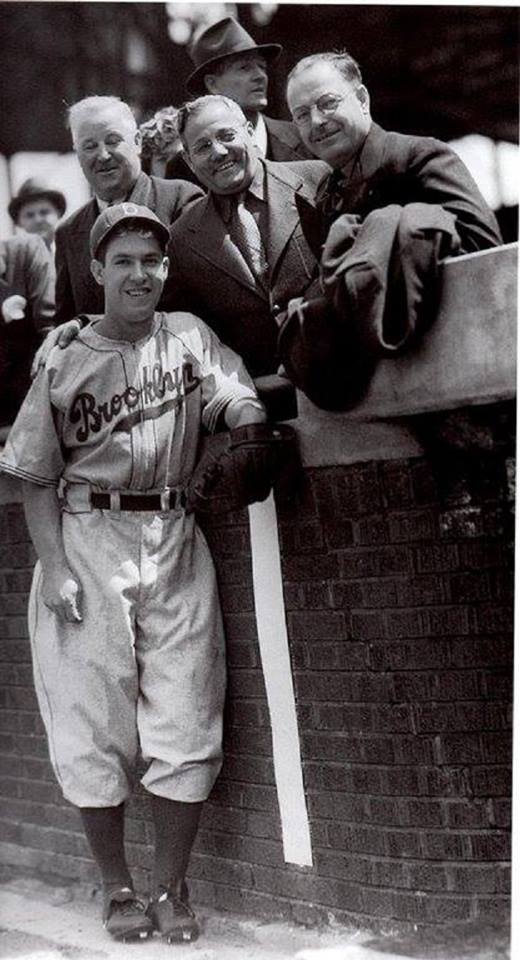
(Reiser actually snuck into a St. Louis Cardinal tryout at the age of 15 and proceeded to outperform more than 800 other boys. Cardinal scout, Charlie Barrett, confessed St. Louis had their eye on the lad since grammar school and wanted to keep him a secret).
He was signed by the Cardinals in 1937, after high school, and played shortstop for two Class D teams in Louisiana and Arkansas. Then, in 1938, Commissioner Kenesaw Mountain Landis ruled the Branch Rickey St. Louis “farm system” tied up so many young players that it went against the interest of baseball. Dozens of players were cut loose and then dispersed to other teams. The Mahatma leveled a keen eye on one of those players—Pete Reiser.
Rickey and former colleague Larry MacPhail, now the Dodger’s honcho, cooked up a rather nefarious scheme whereby Brooklyn signed Reiser for a mere $100 and shipped him to a Wisconsin Class D league team. Pete would then be traded back to the Cardinals before the 1939 season.
Reiser was now batting left-handed exclusively to take advantage of his speed. On a blazing hot first day of spring training in ‘39, Leo asked Pete to play shortstop. Over the next three games, Reiser made 11 trips to the plate, producing three walks, four singles, and four home runs – they literally couldn’t get him out! Durocher announced Pistol Pete would be his opening day shortstop. Branch Rickey read the papers and called MacPhail screaming about a double-cross. MacPhail was then forced to instruct a bewildered and furious Durocher to option his young star to Class A Elmira in upstate New York. But Reiser remained in the Brooklyn organization and by July 1940, he was a Dodger and hit a solid .293 in 58 games.
A season played under the encroaching shadows of World War 11, 1941 was arguably the most exciting season ever. Joltin’ Joe hit in 56 straight games, Teddy Ballgame batted .406 and the pivotal game of the World Series was won after the last out was called.
The Dodgers hadn’t won a championship since 1920 and were a veritable laughing stock for 18 years. Then, with the hiring of Larry MacPhail, and the arrival of Pete Reiser, things changed dramatically.
Pistol Pete hit the ground running in ’41. He established himself in centerfield between vets Joe Medwick and Dixie Walker and tore it up right out of the gate. He fielded like a demon, won the batting title (.343), led in doubles (39), triples (17), runs scored (117), and slugging percentage (.558). He also had a league-leading OPS+ of 164 and finished a close second to teammate Dolph Camilli in voting for National League MVP.
The Dodgers won the pennant beating the Cards in a wild topsy-turvy race to the finish. They lost the World Series to the Yankees in five games. The real story, however, was game four. The first three were decided by one run as Brooklyn trailed two games to one. But Reiser’s fifth-inning two-run homer gave the Dodgers a 4-3 lead that held with two out in the ninth and two strikes on Tommy Henrich. Hugh Casey threw Old Reliable,
“The greatest, craziest curve I ever saw. Not a spitter. I couldn’t hold up. But strangely I was thinking if I’m having so much trouble with this pitch maybe Mikey Owen will too.”
Sure enough, Owen couldn’t hold the ball. Henrich was safe at first and the flood gates opened. The Yankees won 7-4 and closed out the Series the next day.
Reiser was even better in 1942. He was batting .356 on July 18 and his great friend, Pee Wee Reese was having a fine year also. Sportswriters were calling them “The Gold Dust Twins.” Then on July 19, as the first place Dodgers were squaring off against the second-place Cardinals at Sportsman’s Park, Enos Slaughter scorched a rising line drive to dead center. Reiser, off with the crack of the bat, corralled the ball in full stride and, like a Japanese kamikaze pilot, crashed full speed into the concrete wall, the baseball jarring loose. Miraculously, Reiser managed to pick up the ball and throw to cutoff man Reese, who fired home-but too late to get Slaughter who circled the bases with the winning run.
Reiser lay on the field motionless staring skyward, blood trickling from his ears. Durocher cried when he saw him. The hospital diagnosis was a separated shoulder, fractured skull, and a brain injury. Pete returned to the field way too soon and was never the same again, battling fits of vertigo. He batted .310 for the season but only .244 from July 25 to the season’s end. Still, the Dodgers were ten games ahead of the Cards on August 5 and won 104 games. But St. Louis closed with a scintillating run of 43-9 to win 106 and the pennant!
Reiser enlisted in 1943 and served in the Army, returning to the Dodgers in 1946. A separated right shoulder sustained in a service game hampered his throwing and curtailed his power, but he could still motor and led the league with 34 thefts, including a record seven steals of home plate.
Historic 1947 saw Jackie Robinson spark the Dodgers to a pennant, while Reiser was having another injury-riddled season. His bat rejuvenated to a nice .309 in 110 games but fans remembered another devastating encounter with the center-field wall at Ebbets Field, with Brooklyn hosting the Pirates. A brilliant grab of a Culley Rikard bullet sent Reiser smashing violently into the concrete. He somehow held the ball but severely fractured his skull. He lay in a hospital bed, hovering between life and death for five days, and was given last rites.
He was now a part-time, oft-injured player, and after the ’48 season, Pete asked Rickey to trade him. Branch obliged and Reiser spent time with the Braves, then was reunited with Rickey in Pittsburgh, briefly, and finally called it a playing career in Cleveland in 1952. His 10-year major league record showed a .295 batting average and an OPS+ of 128. Not bad, but a shadow of what might have been.
Pete joined Walter Alston’s staff in 1960 and was instrumental in Maury Wills’ achieving 104 steals in 1962, breaking Ty Cobb’s record.
Most major league walls were padded by the early 50s thanks to Pete Reiser. He was carried off on a stretcher11 times. Five of those times he was unconscious. A reporter asked if things might have been different had Pete been more cautious in his pursuit of fly balls. Reiser replied,
“Never. It was my way of playing. If I hadn’t played that way I wouldn’t even have been whatever I was. God gave me those legs and the speed, and when they took me into the walls that’s the way it had to be.”
“My candle burns at both ends; It will not last the night; But ah, my foes, and oh my friends—it gives a lovely light!”
Bill Schaefer
Sources: Edna St. Vincent Millay, First Fig; bleacher report.com; ladodgertalk.com; Maury Wills baseball ref; Pete Reiser baseball ref; ’41 Dodger sched almanac; ’42 Cardinal sched almanac; SABR article, Pete Reiser, by Mark Stewart.
Subscribe to our website, “Baseball History Comes Alive!” with over 1200 fully categorized baseball essays and photo galleries, now surpassing the 700K hits mark at 783K hits and over 600 subscribers: www.baseballhistorycomesalive.com
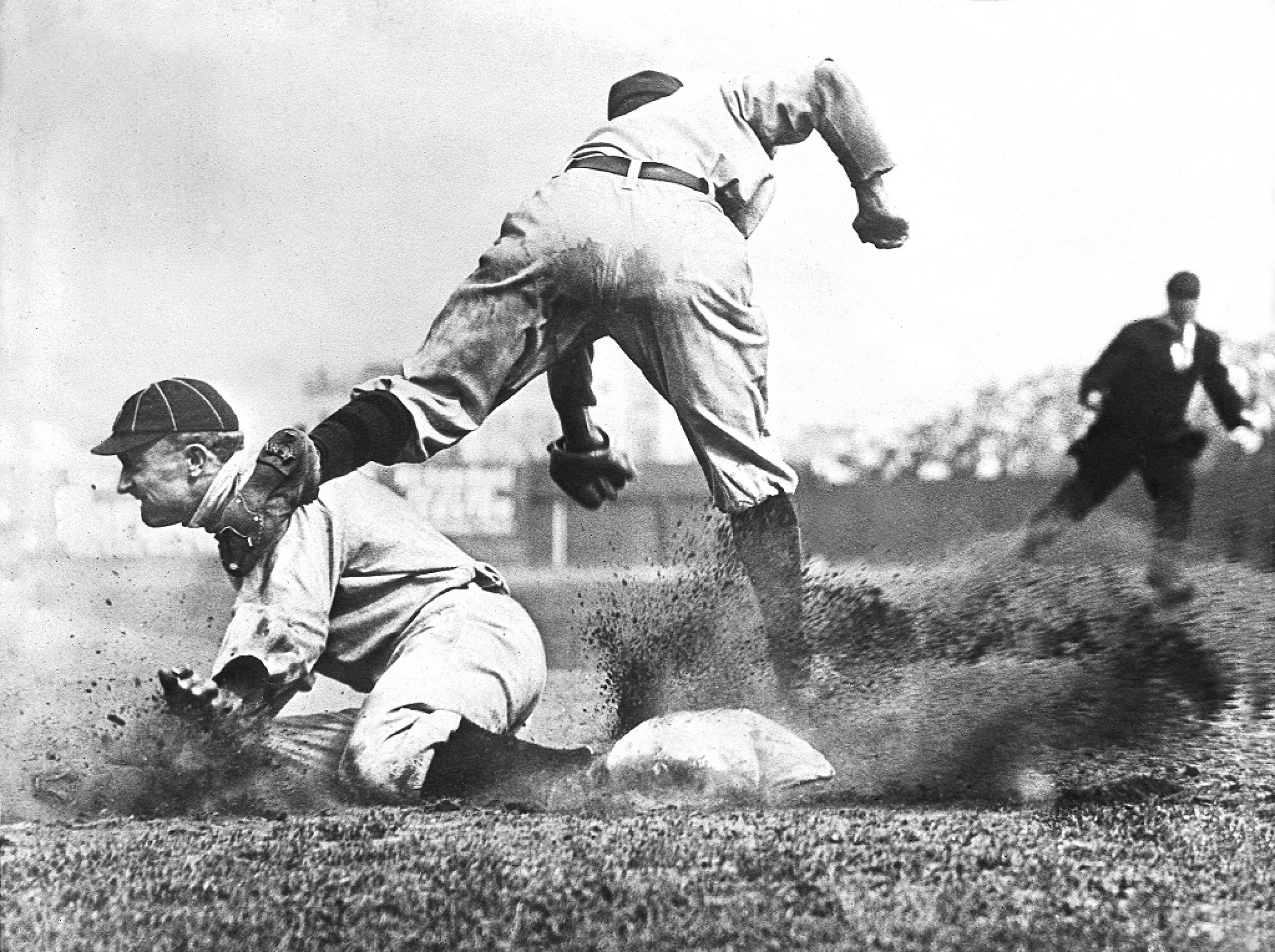
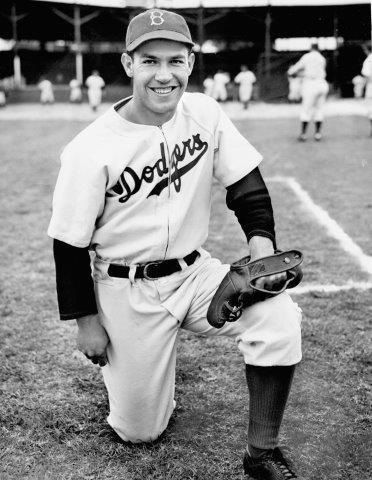
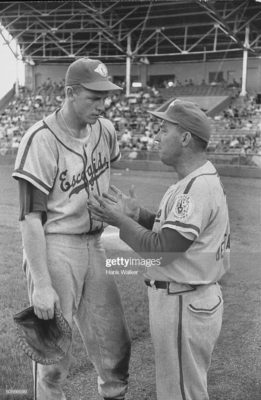
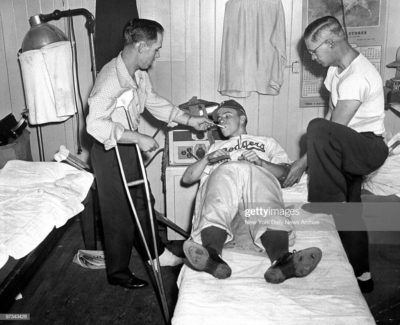
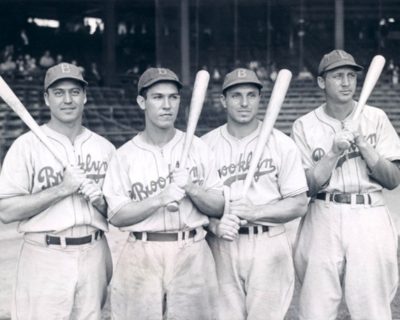
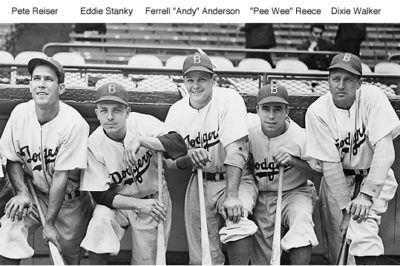
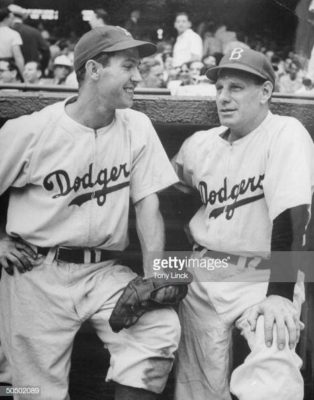
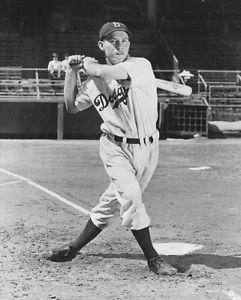
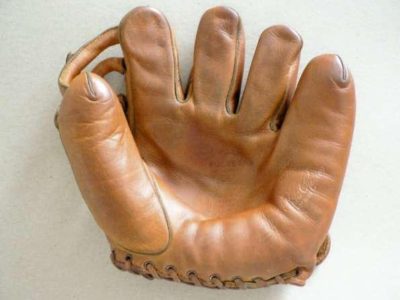
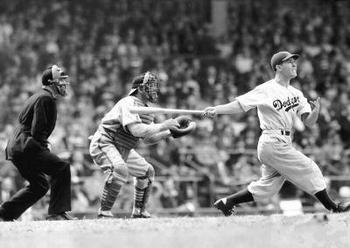
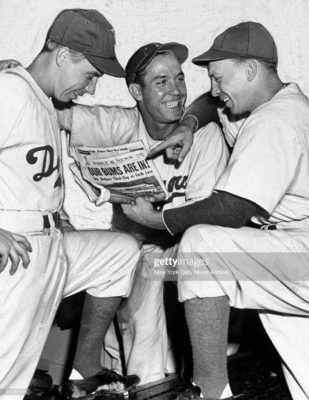
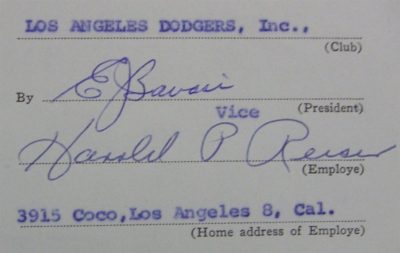
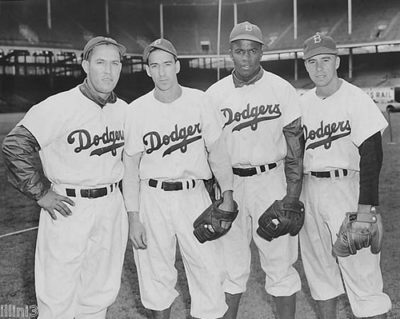
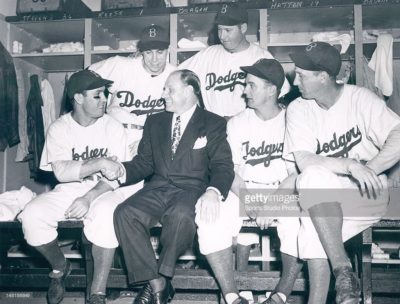
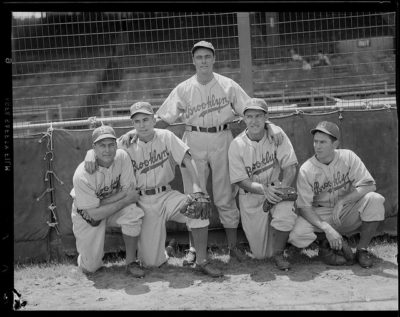
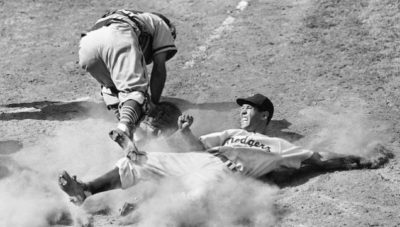
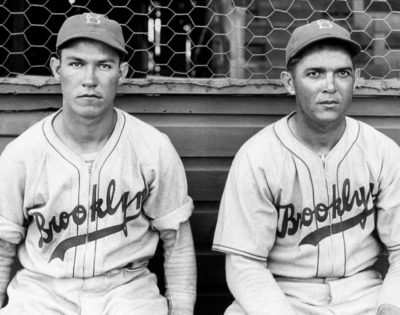
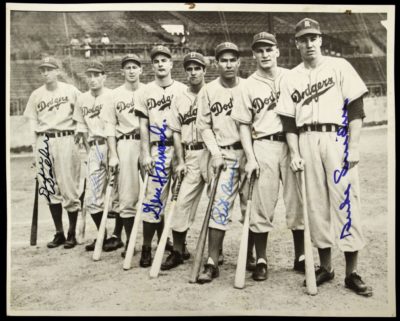
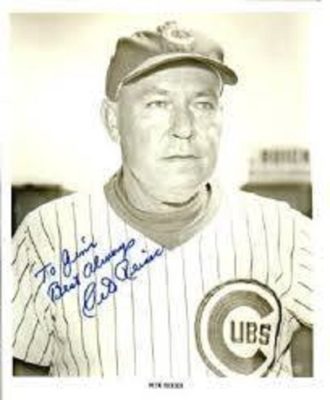
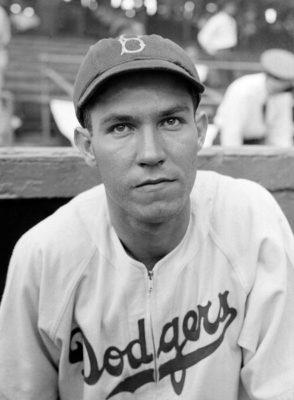
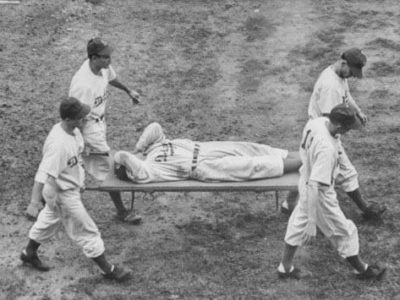
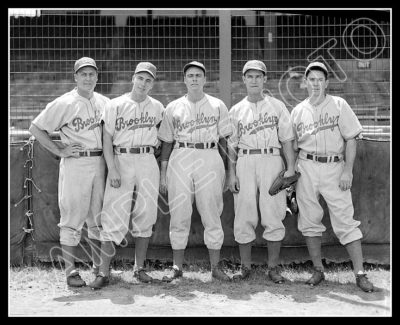
My Dad grew up in Brooklyn, and always lamented what Pete Reiser could have been . . .
Thanks George, yeah, he could have been one of the best ever. We’ll never know.
Great piece Bill S. I knew Pete Reiser as a great ballplayer but did not realize he was that good. He and Rod Carew share the MLB record stealing home 7 times in one season. Had Reiser not served his country for 3 years in WWII, his HOF chances would have dramatically improved!
That’s a good point, Mark…Thanks!
He needed to stop running full-speed into unpadded concrete walls . . . A body can stand only so much . . .
For all sad words of tongue and pen, the saddest are these, “It might have been.”
– John Greenleaf Whittier
Another tremendous job, Bill, and thank you. I didn’t notice right away, but you have given us a provocative new perspective on The Life and Times Of Pete Reiser. (Haven’t you.)
As Whittier told us, “For of all sad words of tongue or pen, The saddest are these: ‘It might have been.'” Whenever one thinks of Pistol Pete those lines invariably leap to mind. They have always done so for me at any rate. It’s impossible to imagine how magnificent his career would have looked without those 11 (eleven!) lethal, high-speed collisions into concrete walls in just a few, agonizingly short seasons — but that hasn’t kept us aging and wistful fans of baseball in the 1940s and ’50s from playing “what if?” until we’re numb.
Now we see that Reiser didn’t actually believe in speculative dreaming such as that, apparently. To his credit, and as you have reported, he accepted the limitations of his athletic accomplishments without rancor or regret, feeling that he couldn’t, and so wouldn’t, have played the game any other way. Maybe that’s true. He might have been a forgettable fraction of the ballplayer he was if he had approached the game more tentatively. I value his determination to capitalize on the rare gifts the Good Lord gave (lent) him, and to gracefully accept the outcome without asking for a do-over. That’s really the best lesson any of us can hope to extract from the life, viewpoint and playing career of Pete Reiser.
Thank you, Bill, for a profile that is more than just another entertaining reminder of an old ballplayer we thought we knew so well.
Best regards,
Michael
Thanks so much Michael-and to all who found the piece interesting.
Like your comment on extracting from life the gifts we were given and not bemoaning what might have been. I thought of using the so appropriate Whittier quote but opted for Edna St. Vincent Millay–envisioning a brilliant comet streaking across the night sky, so briefly bright and then gone.
Glad you made the point, Mark, about Reiser’s career had he been healthy. Decades ago, author David Markson described what Pete’s HOF plaque might show without such bad luck: 4,197 hits; career batting average .364, including three seasons over .400; 11 batting titles and voted the player of the decade in the ’40’s and 50’s !
In 1981, Lawrence Ritter and David Honig included Reiser in their book The 100 Greatest Players of All Time. They explained what they called “The Smokey Joe Wood Syndrome,” where a player of truly exceptional talent had a career curtailed by injury.
Thanks, Bill
Thank you Bill for your excellent article.
To add to Michael Keedy’s salient insights Pete Reiser, like Lou Gehrig, gave 100% in the pursuit of excellence without rancor or sustain for his fellow players. Each accepted what was dealt them with equanimity.
Pete played not wisely but too well.
How we could use more such role models today.
Thaks to all you guys for the wonderful, thoughtful comments to Bill’s outstanding profile of Pistol Pete Reiser. Greatly appreciated!
And, Gary, love the terrific Reiser photo at the top. And get a load of that tiny mitten they called a glove in those days! How did anyone catch a ball in those days?
Glad to do it Bill! Great essay!
Super good essay about the Brooklyn great. Another tragic story is what happened to NY’s Ray Chapman. They say Carl Mays was not a “head-hunter” per say, but was a menacing, surly pitcher who, when others first heard of the awful beaning, weren’t surprised to learn that the pitcher who threw the errant pitch was Mr. Mays.
Thanks, Tom!
And you can say the same about Roger Clemens. All reports indicate he was beyond competitive on the mound. When he beaned Mike Piazza his “message,” without a batting helmet, might have proved fatal for the Mets catcher.
No wonder Piazza wouldn’t accept Clemens apology call after the game.
Of all the old-time ballplayers…Pete Reiser has always drawn my interest, not only for the brilliant couple years to the beginning of his career…but what might have been.
For Leo to compare him as equal to or better than Mays…that says a lot!
Thanks Pat…i’ve always thought the same thing!